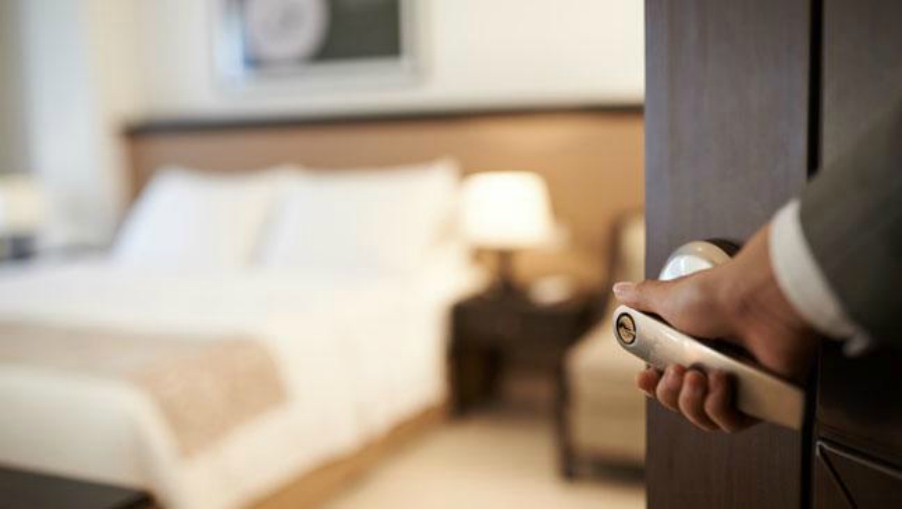By Kaitlin Dunn, Writer, Hospitality Sales & Marketing Association International (HSMAI)
As trends change, so do the types of rooms that guests are interested in. Tamie Matthews, director of RevenYou, reviewed what’s involved in changing guest-room types and why it is beneficial to do so in a presentation called “Audit Your Room Types” during HSMAI’s ROC@Home on June 17. It was a valuable reminder that, even during COVID-19, you can’t forget the basics — because your guests aren’t.
WHAT TO CONSIDER
“It’s important to think, when you are naming your room, what’s in a name?” Matthews said. “We need to think of what story we want to tell our customer.” Changing the names of your rooms to more accurately reflect what they offer helps attract customers, allowing them to more easily find the amenities they want — and are willing to pay more for.
Executive, deluxe, superior, apartment — it’s important to define what each of those names means and make sure that the room matches the description, Matthews explained. As trends change, so should your room names. For example, Matthews said, a room that was considered to be “executive” 30 years ago, may not meet that standard today.
Now is an excellent time to make a change, Matthews said, while things are quiet at many properties because of the pandemic. And if your hotel is putting a new property management system (PMS) in place, that makes the timing even better.
STARTING THE PROCESS
Before you start the process, you need to identify where you’re missing money or can get new money. You need to be able to identify which room types you’re selling, so start by looking at your PMS. Another good resource is Booking.com’s sales statistics report. Matthews also suggested talking to bookers to see what rooms they’re buying and why they aren’t buying others, and talking to wholesalers, OTAs, and GDS suppliers, who have a lot of data that can tell you what people are and aren’t searching for.
Once you have your data, physically walk around your hotel and look at your rooms, Matthews said. Identify what is in each room — not just TVs or coffee machines, but features such as balconies or washing machines that are unique to each room — in order to group rooms with similar amenities together. Then look at your list of rooms and identify what you have to sell to customers and what they will pay for — a desirable view, a usable balcony, extra space. Think about if a building obstructs the view or if customers can’t get out onto the balcony, because that changes what people will pay.
“Think like a toddler,” Matthews said. “Children know what is fair and what is not fair. Toddlers know if their friend has a bigger, better room. Think about if two people were staying in two rooms here and paying the same amount of money, would one be able to complain that their friend’s room is better?”
You also have to look at what is sellable and eliminate options that aren’t bringing in any money. Matthews gave the example of rooms with spa baths that nobody wanted to pay extra for, so they weren’t being booked. Instead, Matthews changed the room type to sell them as regular queen rooms, which ended up bringing in a profit as opposed to remaining empty.
It’s important to consider what your customers are looking for and make sure that is what you have the most of. “Are they families looking for extra space, or corporate travelers looking for simply a good bed and a hot shower?” Matthews asked. “Make sure you have whatever the customer wants.”
LOGISTICS OF CREATING NEW ROOM TYPES
From there, Matthews recommended creating no more than four room types. “You need to limit choice,” she said. “People get paralyzed when there are too many options to choose from.”
When you have created your room types, determine pricing by figuring out how much each room actually costs to rent out. Understand how much it costs for additional linens in multi-bed guest rooms, the cost of additional cleaning time, and the price of extra toiletries, so you can more accurately price each room.
The next step is coming up with a name for each room group. When you are naming a room, Matthews said, keep it simple and make what is in the room obvious, so customers can make a snap decision. Put the unique selling point in the name, whether it’s a city view or a spa bath, and then keep the same name across all channels to avoid confusion. “Confused people go elsewhere,” Matthews said. “Be a sheep, follow the herd, and be normal when it comes to naming your room. You can show your creative side in the description.”
You also need descriptions to sell the room by highlighting unique selling points; the easiest way to do that is through bullet points, which allow customers to identify those features quickly and easily.
Once you’ve decided to change the room type, your work isn’t over. The first step is training staff, especially in the reception area, to understand the new room types. Then you must change everything in your PMS; notify your channel manager; convert existing reservations to the new room type; change the room types in your booking engine and on your website; update OTAs, wholesalers, corporate, and metasearch; and make sure the proper names are displayed on social media and Google.
Get an all-access pass that allows you to watch all of the presentations from ROC@Home in full.
